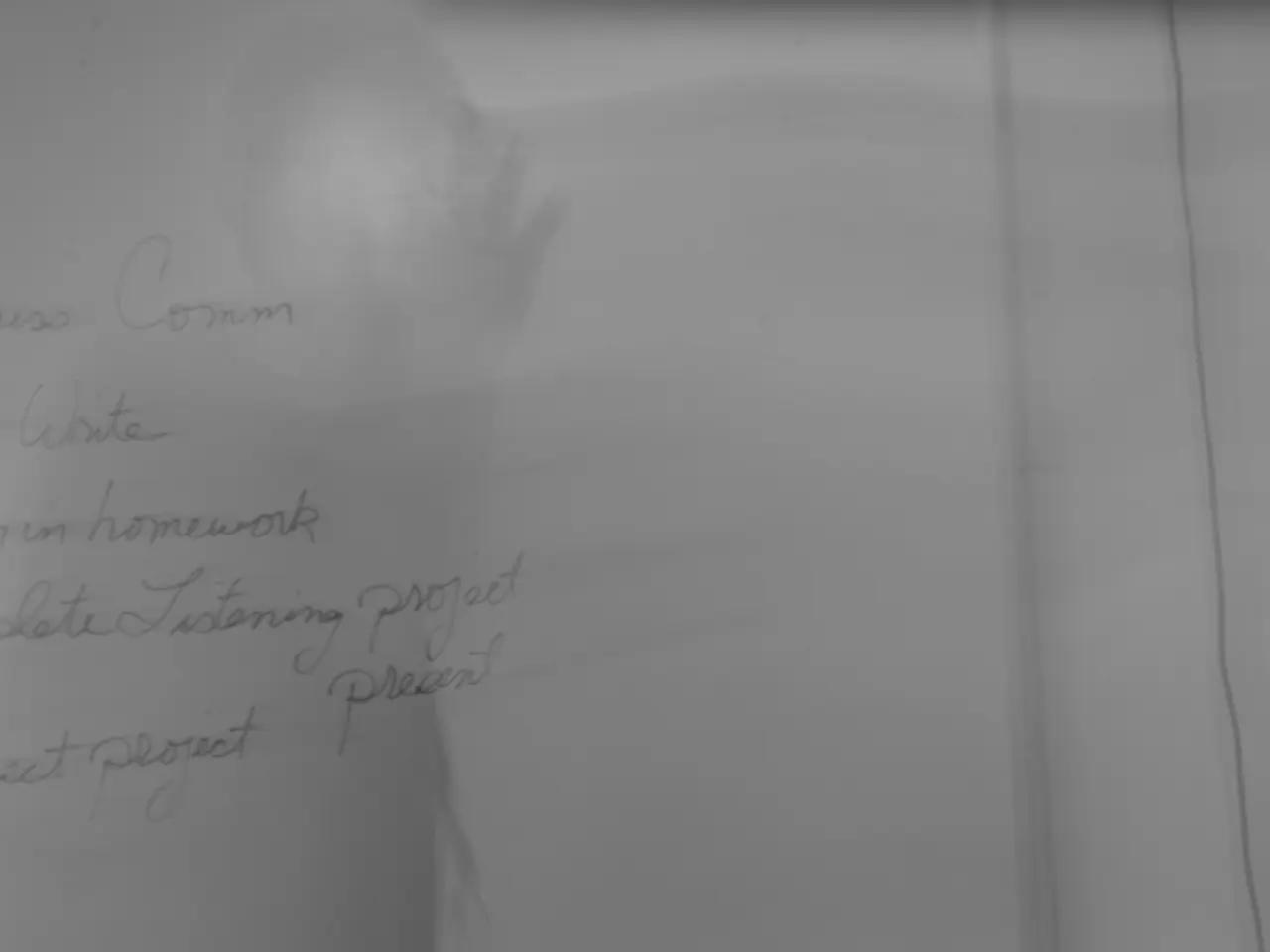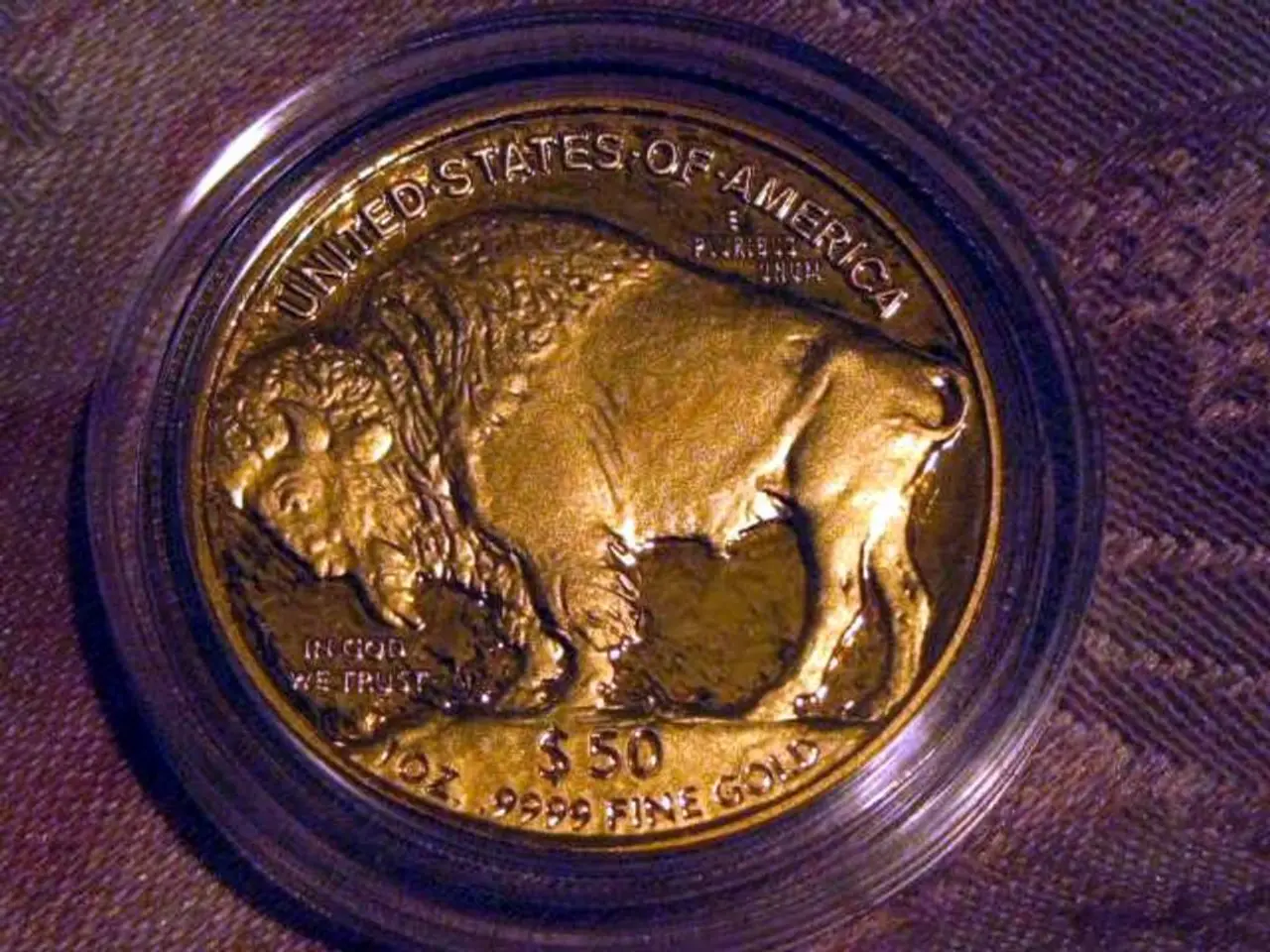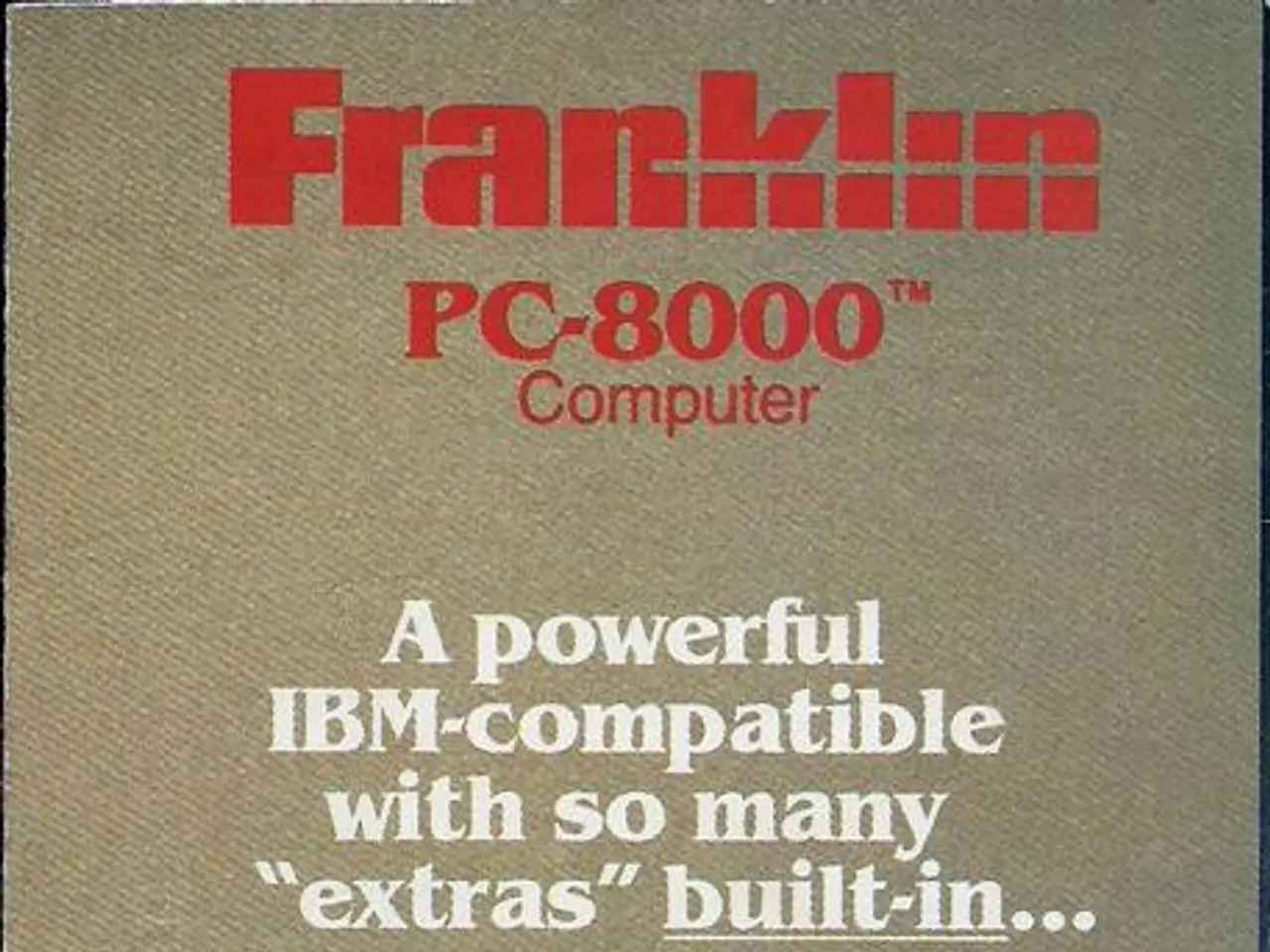Considering the possibility of refinancing your mortgage in the year 2025?
In the current economic climate, homeowners with a 30-year fixed-rate loan might be considering a refinance after five years. Let's explore the factors involved in this decision, using a hypothetical borrower with a mortgage loan of $350,000 and current monthly payments of $2,532.
Firstly, it's essential to understand that mortgage rates are influenced by a variety of factors. The 10-year U.S. Treasury yield serves as a key benchmark, with mortgage-backed securities (MBS) offering yields about 1.5 to 2 percentage points higher. The spread between the 10-year Treasury yield and the 30-year mortgage rate has widened since the COVID-19 pandemic.
The Federal Reserve does not directly set mortgage rates, but its federal funds rate influences the overall interest rate environment. Changes in the federal funds rate affect short-term borrowing costs and impact longer-term rates like mortgages. For instance, a rise in the federal funds rate can indirectly push mortgage rates up through higher yields on Treasury securities and altered investor behavior.
Other market factors influencing mortgage rates include inflation expectations, global events affecting economic uncertainty, and economic growth indicators like job creation and GDP performance.
Now, let's discuss refinancing. In this example, if the mortgage rate were to drop to 6.75% upon refinancing, the monthly payment would decrease to $2,155, resulting in monthly savings of around $377. However, it's important to consider the break-even point for refinancing, which is approximately 19 months in this scenario. This means that the savings from the lower monthly payment must exceed the $7,000 in closing costs within 19 months for the refinance to be financially beneficial.
Cash-out refinancing is another option for borrowers with significant home equity. This allows them to receive the difference between their previous mortgage balance and their new one as cash. Refinancing to a Federal Housing Administration (FHA) loan might be considered if a borrower now qualifies for a conventional loan, as FHA loans have high fees for mortgage insurance but are a good option for buyers with sub-700 credit scores or little money for down payments.
It's also worth noting that a refi-and-repeat strategy could be considered, but it involves paying closing costs every time you refinance and a seasoning period of at least six months from the time you closed the original loan. The state where you live can impact whether you want to refinance more than once, as states levy different fees and taxes when refinancing.
In conclusion, mortgage refinancing is a strategic decision influenced by a multitude of factors. Our mortgage refinance break-even calculator can help you estimate exactly when you'll recoup the costs of refinancing. For the most accurate information, it's advisable to consult with a financial advisor or mortgage expert.
Sources: 1. Investopedia 2. Federal Reserve Bank of St. Louis 3. Federal Reserve Economic Data 4. Mortgage News Daily
- In the process of deciding to refinance their mortgage loan, it's crucial for homeowners to understand that mortgage rates are influenced by various factors, such as the 10-year U.S. Treasury yield, changes in the federal funds rate, inflation expectations, global events, and economic growth indicators.
- As homeowners evaluate the financial benefits of refinancing, they should consider the break-even point, which is the period when the savings from lower monthly payments will cover the closing costs. In the case of a $350,000 mortgage loan with a drop in rate to 6.75% and current monthly payments of $2,532, the break-even point is approximately 19 months, assuming monthly savings of around $377 and closing costs of $7,000.




